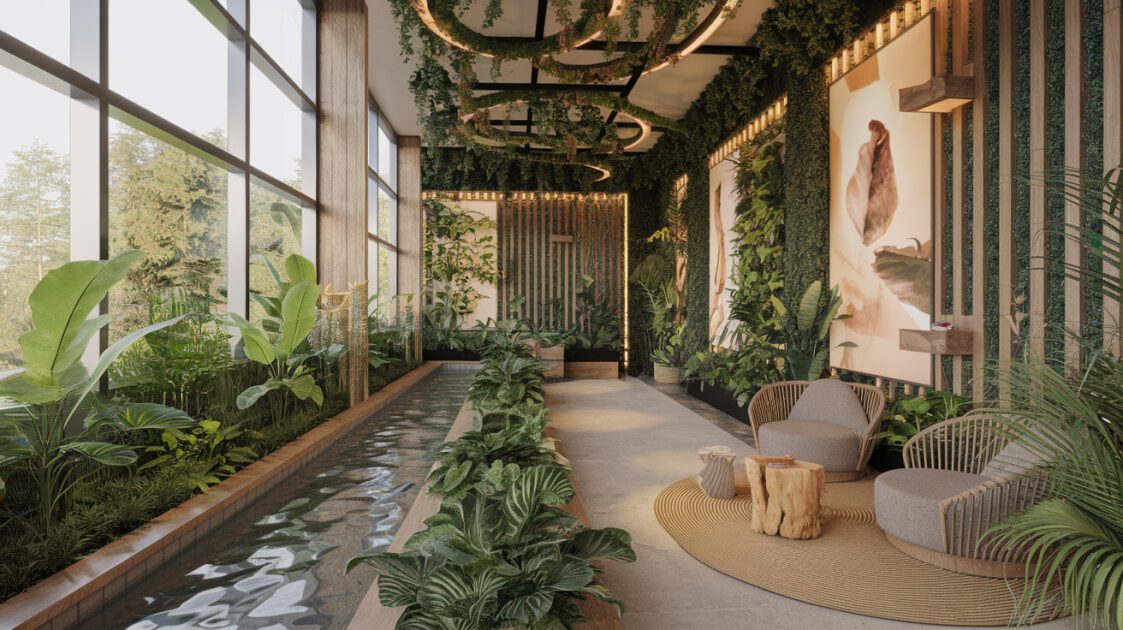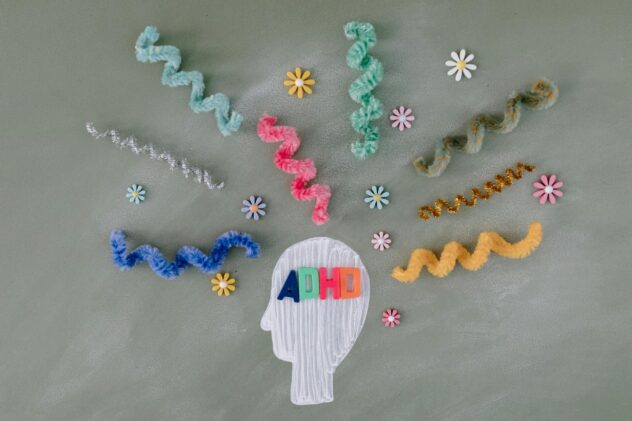Biophilic Design: Creating Nature-Inspired Spaces for Neurodivergent Well-being.
Imagine walking into a room flooded with natural light, the air rich with the scent of fresh greenery, and the gentle sound of a water feature bubbling in the background. Instantly calming, right? Now, imagine the same space but with fluorescent lighting, stark white walls, and the distant, ominous hum of an ancient air conditioner that sounds like it’s plotting something. Bit different. For neurodivergent individuals, environmental design isn’t just about looking nice, it can be the difference between thriving and feeling like you’ve been drop-kicked into a sensory nightmare. Enter biophilic design, a fancy term for shoving as much nature as possible into our surroundings. It’s more than just a hipster fad, it’s science-backed and, frankly, common sense.
What is Biophilic Design (and Why Should You Care)?
Biophilic design is all about weaving natural elements into our built environments, think plants, natural materials, and organic patterns. Research shows that exposure to nature reduces stress, improves cognitive function, and enhances mood. And if you’re neurodivergent, these benefits aren’t just ‘nice to have’, they’re game-changing.
The Benefits of Biophilic Design for Neurodivergence
1. Sensory Regulation Neurodivergent brains can be like finely tuned instruments, one wrong note (i.e., a blaring fluorescent light) and everything feels off. Biophilic spaces soften sensory input with natural lighting, varied textures, and organic sounds that help calm the nervous system.
Unlock peak brain performance with science-backed biohacks. Join free now & get your guide for just £4.99 (45% off)!

2. Improved Focus and Productivity Struggling with concentration? Nature has a magical way of resetting our attention spans. Ever noticed how staring at trees makes everything feel a bit more manageable? Biophilic design brings that magic indoors, helping neurodivergent minds stay on task.
3. Emotional Well-being Greenery and natural views aren’t just Instagram-worthy; they actually lower cortisol (stress hormone) and increase serotonin and dopamine (happy brain chemicals). For neurodivergent individuals prone to anxiety, these natural boosts can make all the difference.
4. Increased Comfort and Safety Stark, artificial environments can feel cold and hostile. Biophilic design fosters warmth and connection, making spaces feel like somewhere you want to be, rather than somewhere you’re enduring.
How to Incorporate Biophilic Design at Home
Now, let’s get practical. How do you bring nature indoors without accidentally recreating Jumanji?
1. Bring in Plants (But Keep Them Alive)
Plants aren’t just pretty; they purify air, regulate humidity, and generally make spaces feel more human-friendly. Low-maintenance options like snake plants, pothos, and ferns are great if you’re more of a ‘set it and forget it’ type and don’t want to consider bioliphic design.
2. Maximise Natural Light
Fluorescent lighting is the enemy. If you have access to natural light, use it. If not, warm-toned LED bulbs that mimic daylight are the next best thing. Your eyeballs will thank you.
3. Use Natural Materials
Wood, stone, wool, real textures that feel good to touch. Plasticky, synthetic materials can feel sterile and unwelcoming. Neurodivergent brains often appreciate the grounding effect of organic textures.
4. Nature-Inspired Colours & Patterns
Earthy greens, calming blues, and warm neutrals are all great choices. If repainting isn’t an option, adding nature-inspired artwork or textiles can work wonders.
5. Introduce Natural Sounds
Water features, wind chimes, or even a nature sound playlist can create a more soothing environment. Just don’t go overboard, no one wants to live inside a rainforest simulation.
6. Create Multi-Sensory Spaces
Think beyond just looking like nature, consider how a space feels. Soft furnishings, pleasant natural scents (lavender, citrus, pine), and comfy seating can make a home feel more like a sanctuary.
Biophilic Design in Public Spaces
Wouldn’t it be nice if public spaces were designed for actual humans rather than just… efficiency? Some forward-thinking workplaces and schools are embracing biophilic design, but most still resemble soul-draining grey boxes.
Advocating for better design in shared spaces, offices with green spaces, schools with outdoor classrooms, sensory-friendly healthcare environments, could be a game-changer for neurodivergent inclusion.
So… (Now You’re an Expert)
Biophilic design isn’t just about making spaces ‘look nice’, it’s about creating environments that support well-being, particularly for neurodivergent individuals. A few well-placed plants, swapping out harsh lighting, or incorporating more organic elements can have a massive impact.
If your current space feels like it was designed by someone who actively resents human happiness, maybe it’s time for a little biophilic magic.
Join Our Community
Want more insights on neurodivergence, natural living, and cognitive optimisation? Join our community and be part of the conversation.








Biophilic design is beneficial for everyone, regardless of how their brain is structured!